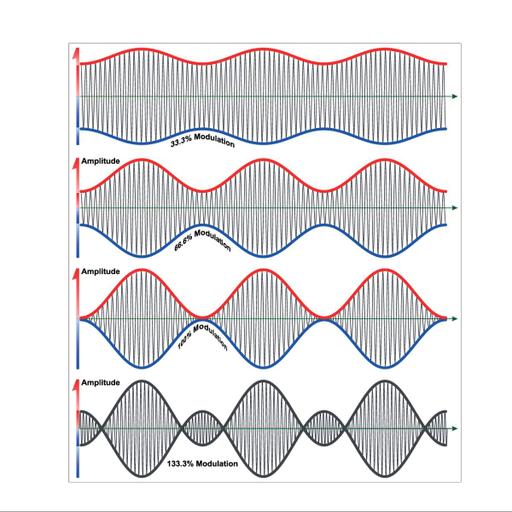Modulation & Demodulation
Presentations | English
In electronics and telecommunications, modulation is the process of superimposing a low-frequency signal on a high-frequency carrier signal. The purpose of modulation is to impress the information on the carrier wave, which is used to carry the information to another location. The three types of modulation are: Frequency Modulation, Amplitude Modulation and Phase Modulation. Demodulation is defined as extracting the original information-carrying signal from a modulated carrier wave. A demodulator is an electronic circuit that is mainly used to recover the information content from the modulated carrier wave. There are different types of demodulators. The output signal via a demodulator may describe the sound, images, or binary data. A modem is an equipment that performs both modulation and demodulation. Both processes aim to achieve transfer of information with the minimum distortion, minimum loss, and efficient utilisation of spectrum.

42.00
Lumens
PPTX (84 Slides)
Modulation & Demodulation
Presentations | English
